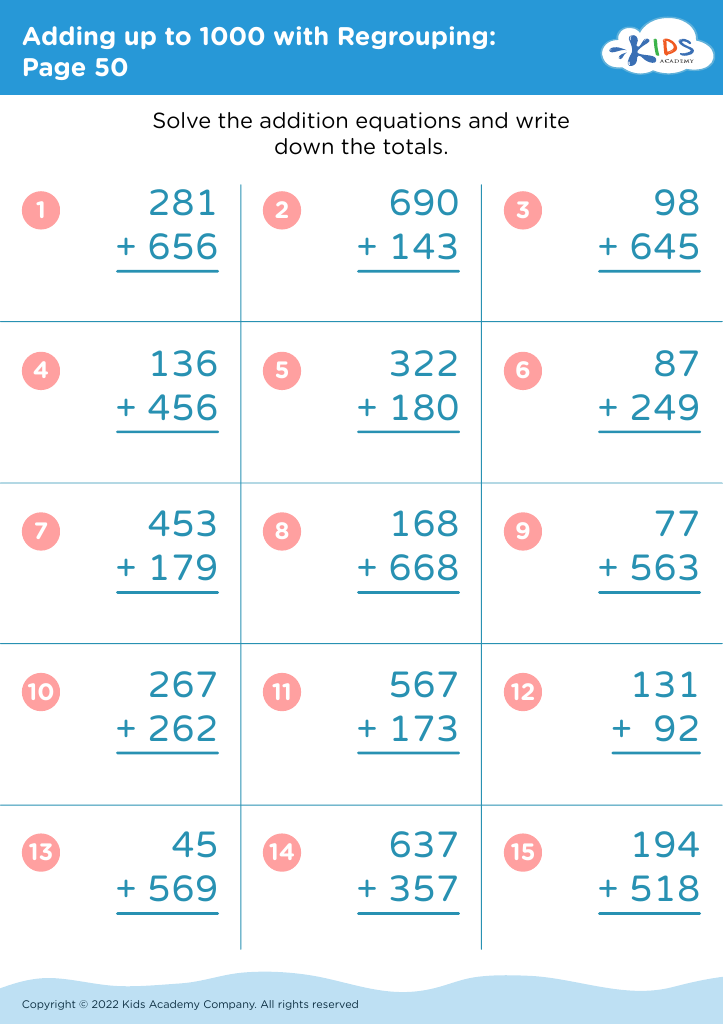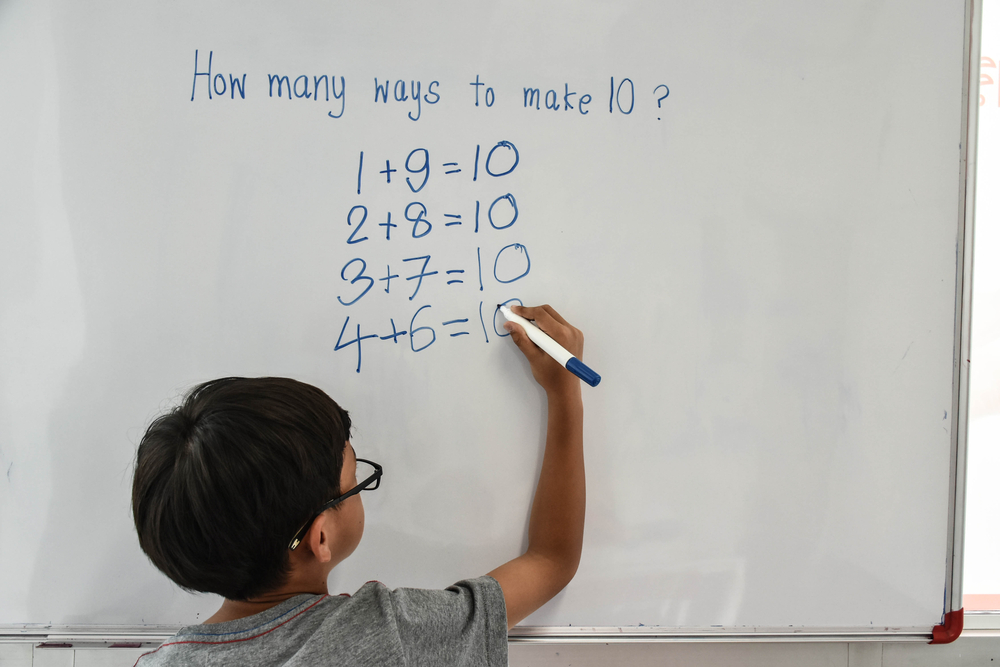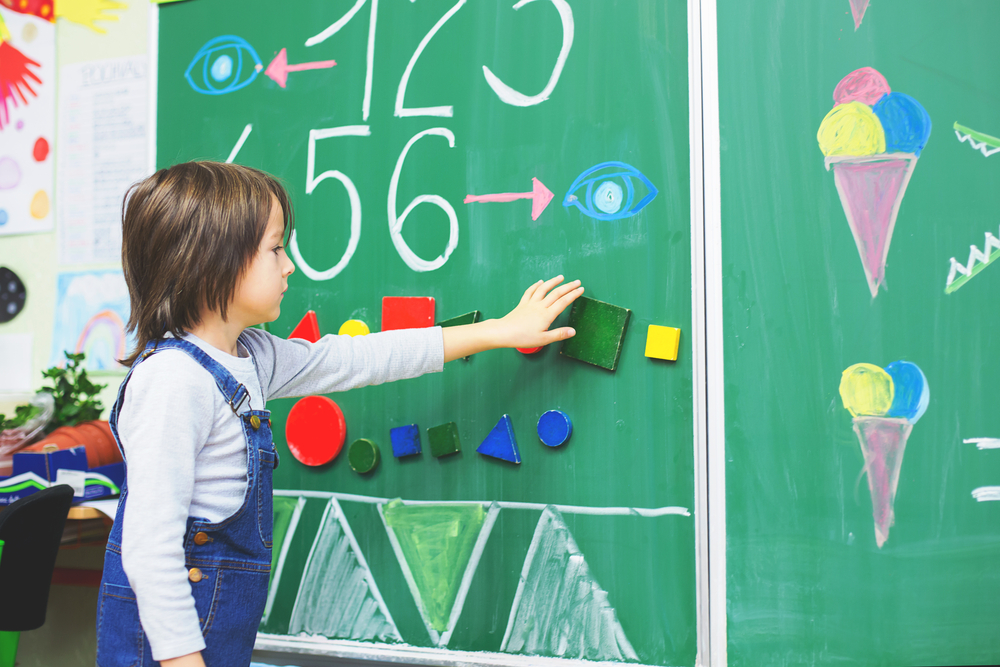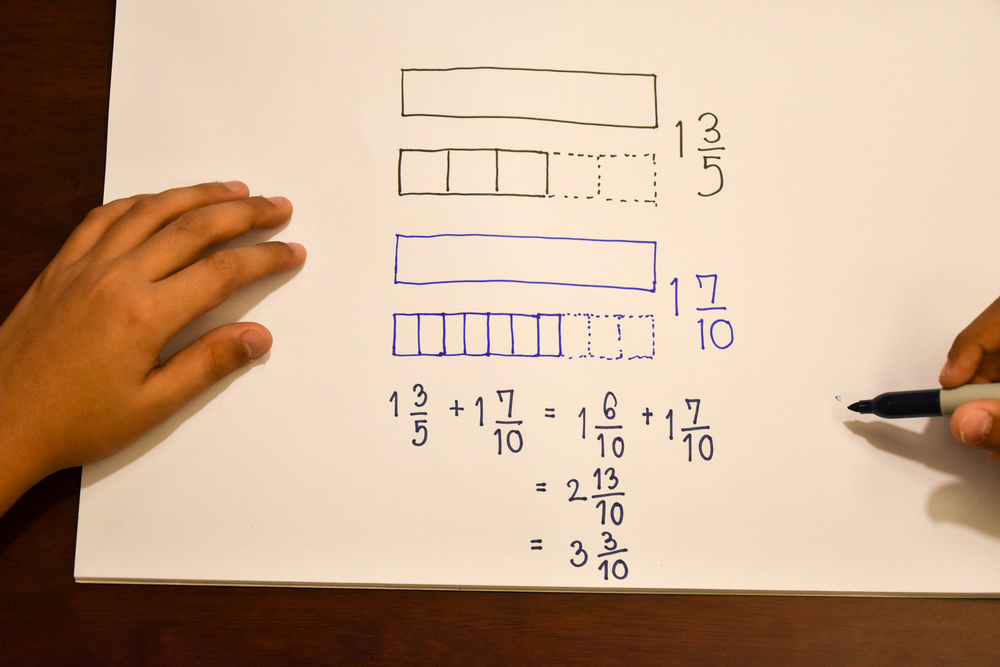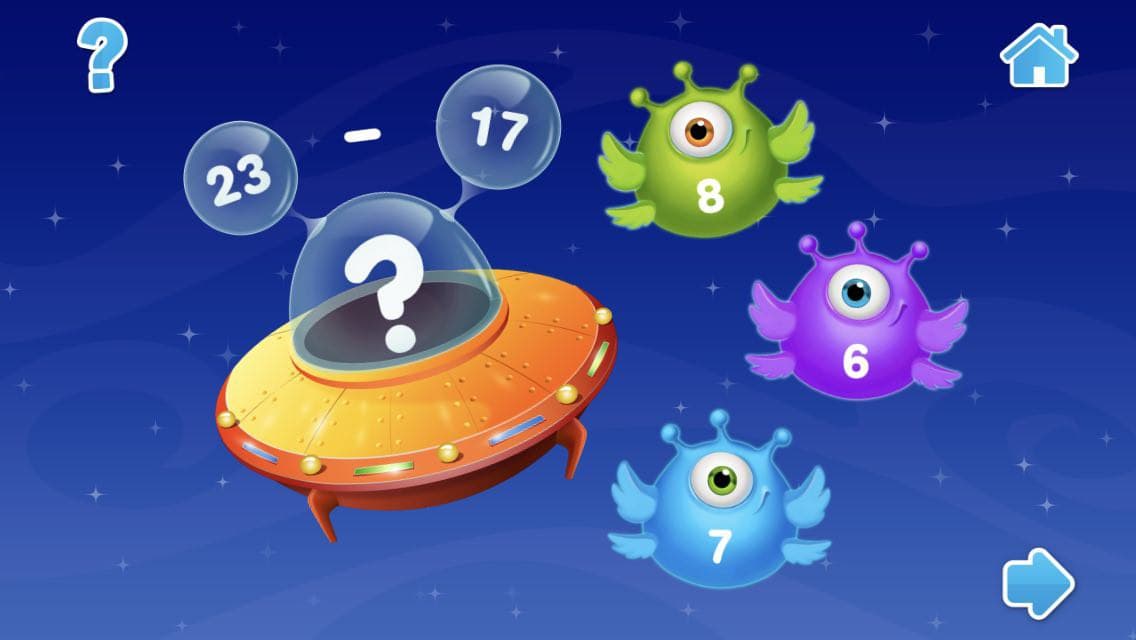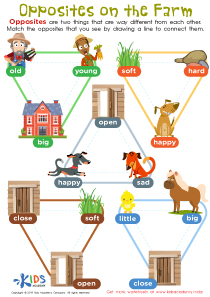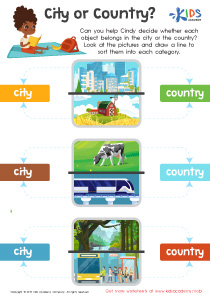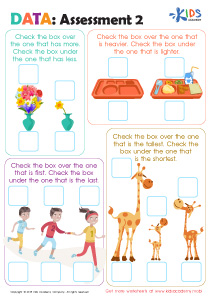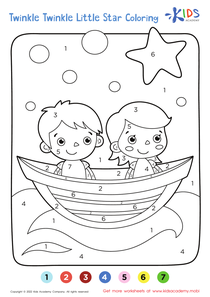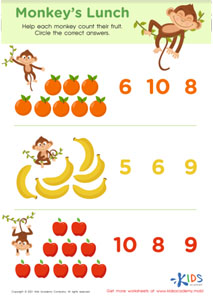Sorting skills Addition & Subtraction Worksheets for Ages 4-9
6 filtered results
-
From - To
Discover engaging "Sorting Skills Addition & Subtraction Worksheets" designed for children ages 4-9. Our printable worksheets blend math practice with fun sorting activities, helping young learners enhance their addition and subtraction abilities while developing key sorting skills. Perfect for both classroom and home use, these expertly crafted exercises ensure kids remain entertained and challenged. Each worksheet nurtures analytical thinking and problem-solving skills in a dynamic and enjoyable way. Ideal for early learners, these resources offer a comprehensive approach to fundamental math concepts and sorting techniques, setting a strong foundation for future academic success.
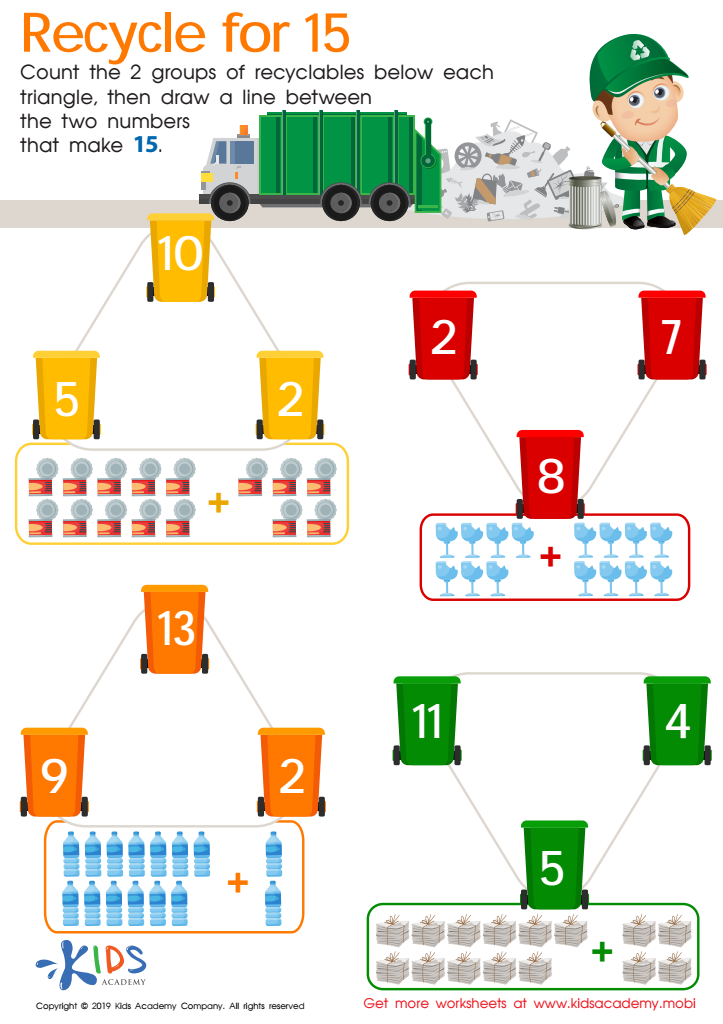

Recycle for 15 Worksheet
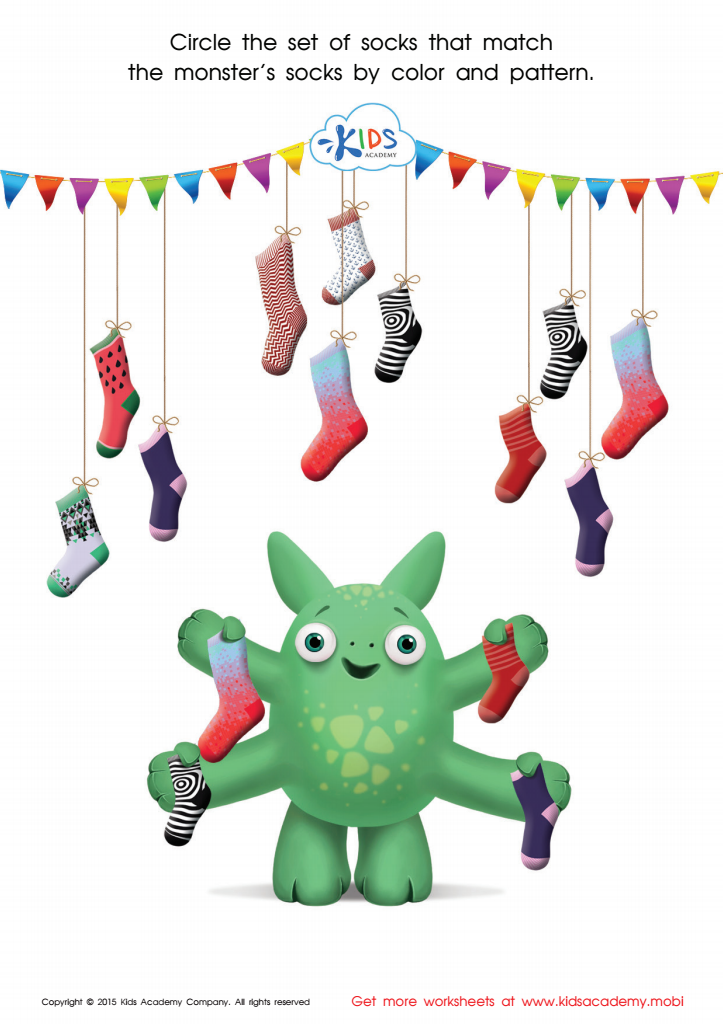

Sort the Monster's Socks Worksheet
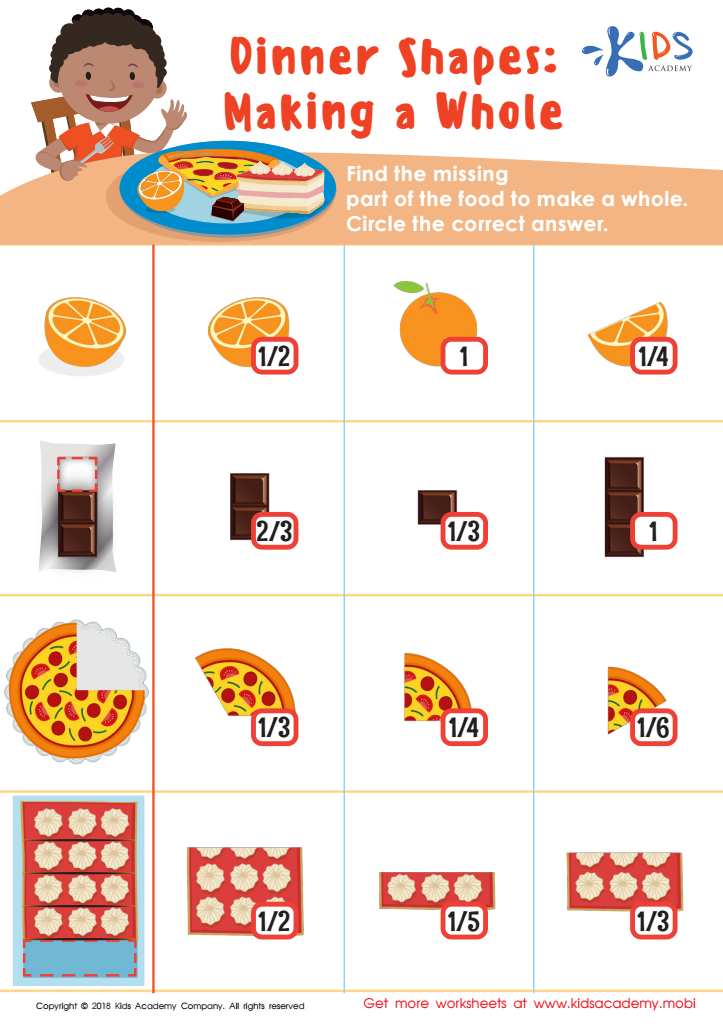

Dinner Shapes: Making a Whole Worksheet
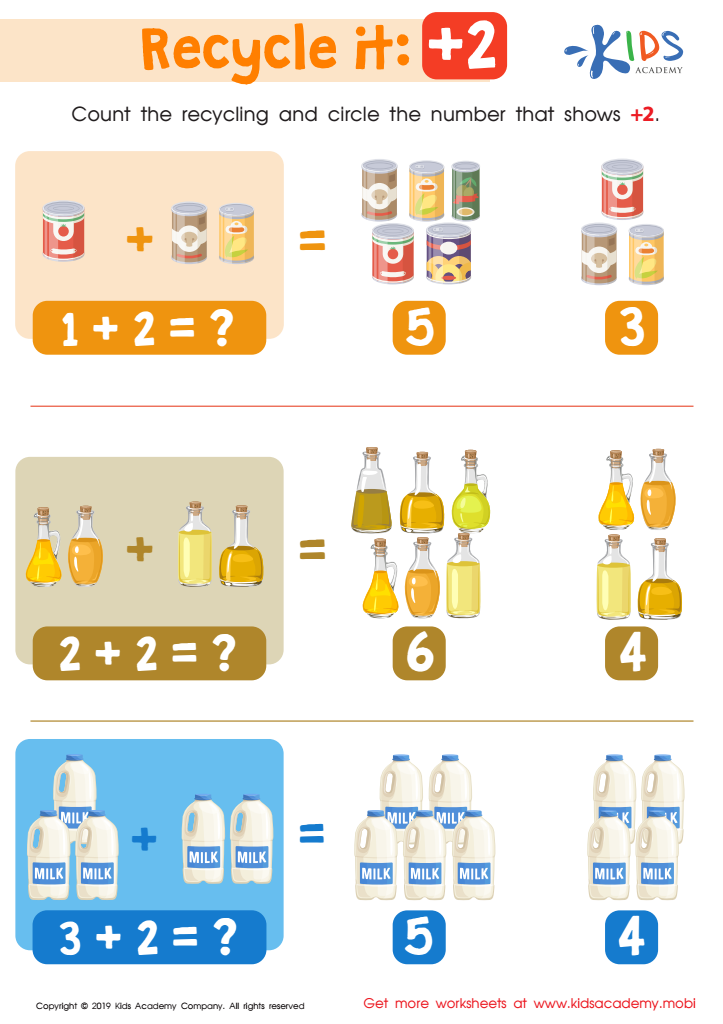

Recycle It: +2 Worksheet
Sorting skills, addition, and subtraction are foundational components of early mathematics education for children aged 4-9. Understanding why both parents and teachers should prioritize these areas is critical for fostering cognitive development and problem-solving abilities.
Sorting Skills: Sorting helps children categorize and classify objects based on similarities and differences. This process enhances their ability to notice patterns, organize information, and make sense of the world around them. Activities involving sorting boost their critical thinking, improve vocabulary through descriptions, and lay the groundwork for scientific and mathematical concepts.
Addition and Subtraction: Introducing addition and subtraction at an early age builds numerical fluency and confidence. These basic arithmetic operations form the basis for future mathematical learning, such as multiplication and division. Mastering these skills also promotes logical reasoning and helps children develop a sense of numerical relationships.
Both sorting skills and basic arithmetic stimulate brain function and nurture a child’s logical and analytical thinking. Parents and teachers caring about these skills ensure children gain the tools they need for academic success and everyday problem-solving. Strong fundamentals in these areas instill a positive attitude toward mathematics and provide children with a critical foundation on which to build more complex mathematical concepts in the future.

 Assign to My Students
Assign to My Students
